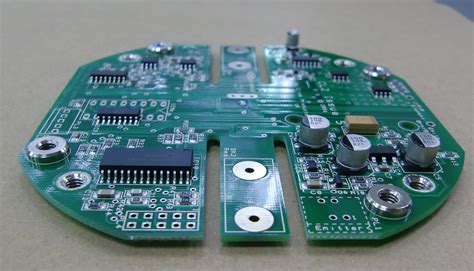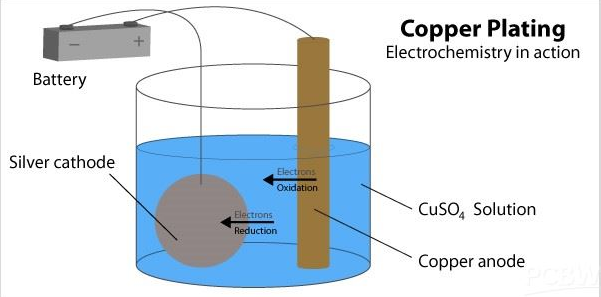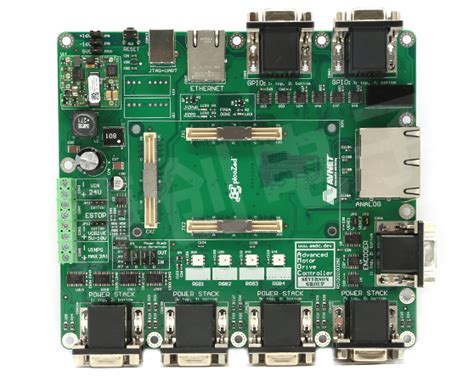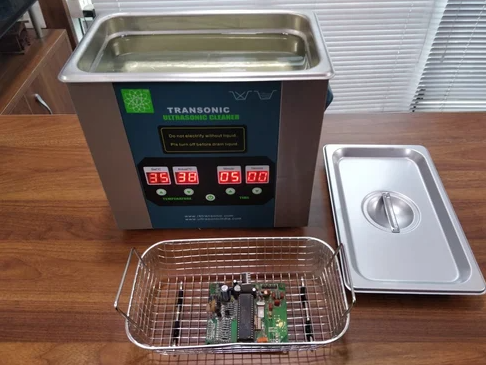Advancements in SMT Assembly Technology for Modern Electronics

Key Takeaways
The landscape of SMT assembly technology is continually evolving, driven by a combination of innovative practices and advanced tools that shape the future of electronic manufacturing. One of the most significant advancements is the integration of automation, which notably enhances efficiency in pcb assembly processes. Automation not only streamlines workflows but also significantly reduces human error, resulting in greater accuracy and precision during assembly. Tools designed specifically to optimize pcba are transforming traditional methods; for instance, the recent development in pick-and-place machines that feature improved vision systems allows for faster and more reliable placement of components on printed circuit boards. As we delve deeper into the advancements, it becomes crucial to remember that while technology propels efficiency, it is also essential to tackle challenges such as maintaining quality control and addressing supply chain disruptions.
“The key to successful SMT assembly lies in balancing innovation with reliability.”
Companies must stay abreast of emerging trends to maintain a competitive edge in the rapidly advancing field of electronic assembly. By understanding current enhancements and incorporating them into their practices, manufacturers can ensure a robust production line that adheres not only to speed but also to uncompromising standards of quality and integrity in pcba manufacturing.
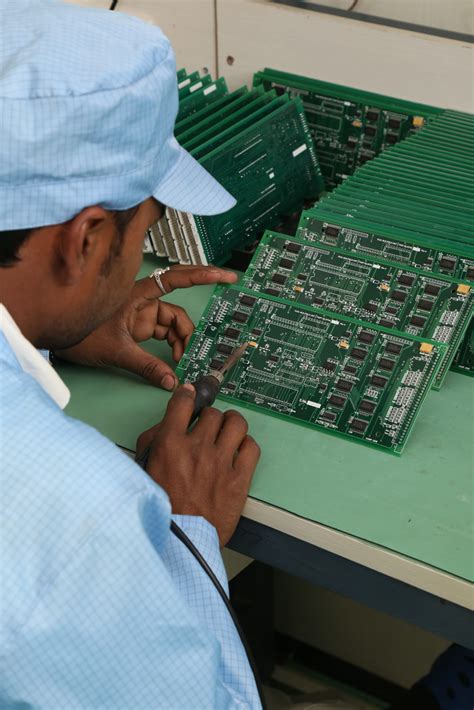
Introduction to SMT Assembly Technology
Surface Mount Technology (SMT) represents a pivotal advancement in the realm of electronics manufacturing, integral to the production of modern electronic devices. The SMT assembly process, which facilitates the positioning of components directly onto the surface of printed circuit boards (PCBs), allows for greater component density and enhanced performance. This technology not only streamlines pcb assembly but also fundamentally changes how manufacturers approach their production lines.
With its focus on efficiency and compact designs, SMT has become essential for producing high-quality assemblies, known in the industry as pcba (printed circuit board assembly). Traditionally, through-hole technology dominated the manufacturing process; however, SMT’s ability to support a broad range of components, including smaller sizes and intricate designs, has led to its widespread adoption.
Among the key advantages of SMT is its compatibility with automated processes that significantly boost production rates while maintaining high standards of accuracy and reliability. By leveraging automation in SMT assembly, manufacturers are not only able to reduce human error but can also achieve higher throughput, which is critical in meeting market demands and addressing challenges posed by the rapid evolution in electronic design.
The advancements in SMT assembly technology have enabled manufacturers to utilize sophisticated alignment systems, pick-and-place machines, and inspection technologies that drive quality assurance. These innovations ensure that every pcba meets stringent industry requirements while minimizing waste and lowering costs through efficient resource management.
In summary, SMT assembly technology is reshaping how electronic devices are produced by enhancing efficiency through automation and innovation. As this field continues to evolve, it remains crucial for companies looking to stay competitive in a fast-paced market focused on miniaturization and performance optimization.

Key Innovations in SMT Assembly Techniques
Advancements in SMT assembly technology have significantly transformed the landscape of pcb assembly, enabling manufacturers to improve production processes and achieve higher quality standards. One prominent innovation is the integration of artificial intelligence (AI) and machine learning, which facilitate real-time monitoring and adaptive learning within pcba production lines. These technologies allow for predictive maintenance and quicker response times to anomalies, ultimately enhancing overall assembly efficiency. Additionally, the development of advanced solder materials has improved reliability while reducing defects in assembled boards. Another key innovation is the rise of automated optical inspection (AOI) systems that detect errors at various stages of assembly, which ensures that any discrepancies are logged and addressed promptly. Furthermore, the use of modular equipment has enabled greater flexibility in production setups, allowing for rapid changeovers between different SMT assembly configurations without significant downtime. Through these cutting-edge techniques and tools, manufacturers are not only streamlining their operations but are also setting new benchmarks for accuracy and precision in electronic assembly. The continuous evolution of these innovations holds great promise for the future of pcba processes, driving further advancements that will benefit the entire electronics manufacturing ecosystem.
Enhancing Efficiency in Electronics Manufacturing
In the fast-evolving landscape of electronics manufacturing, enhancing efficiency is paramount, particularly within SMT assembly processes. Recent innovations in pcb assembly have strategically transformed traditional workflows, allowing manufacturers to deploy tools and techniques that streamline production. The integration of advanced machinery and software solutions has facilitated a more agile approach to pcba lines, enabling quicker turnaround times without compromising on quality. Automation plays a critical role in this transformation, as it reduces human error and increases throughput. Furthermore, designs are increasingly being optimized to support faster assembly without sacrificing component reliability. This blend of technology and innovative design fosters an environment where manufacturers can respond swiftly to market demands while maintaining the rigorous standards that modern electronics require. As these techniques advance, industry players are likely to see significant improvements in both productivity and profitability, thereby setting new benchmarks for what is achievable in electronic assembly.
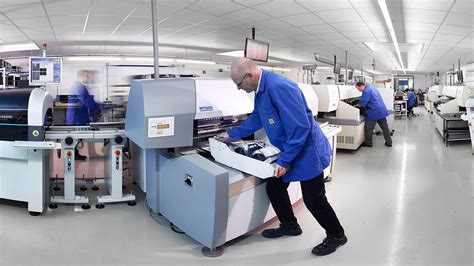
Accuracy and Precision: The Role of Automation
In the realm of SMT assembly, automation plays a pivotal role in achieving exceptional accuracy and precision in the manufacturing of electronic components. With the increasing complexity of pcb assembly and pcba processes, integrating automated systems has become essential for modern electronics production. These systems not only streamline operations but also significantly reduce the likelihood of human error, which can compromise the reliability of electronic devices. Advanced technologies such as automated vision inspection systems ensure that each component is correctly placed, thereby enhancing the overall quality of SMT assembly.
Moreover, automation facilitates faster production cycles; this is critical in meeting the high demand for electronics in various industries. The implementation of robotic arms and automated pick-and-place machines exemplifies how manufacturers are leveraging these technologies to improve throughput while maintaining rigorous standards for quality control. Furthermore, real-time monitoring capabilities allow for immediate feedback during the assembly process, enabling swift corrective measures when deviations from quality standards are detected. As a result, businesses can not only boost their operational efficiency but also enhance their competitive edge through superior product reliability in a market that increasingly values perfection.
The continual evolution of automation technologies will undoubtedly shape the future landscape of SMT assembly, driving innovations that further empower manufacturers to deliver components that meet exacting specifications. By embracing these advancements, companies stand to maximize production capabilities while ensuring that their products remain at the forefront of technological excellence.
Tools Revolutionizing SMT Assembly Processes
The landscape of SMT assembly is being dramatically transformed by an array of innovative tools that enhance both efficiency and precision in the manufacturing of modern electronics. Among these advancements, the integration of automated optical inspection (AOI) systems stands out, offering real-time monitoring and defect detection during the pcb assembly process. These systems utilize advanced algorithms and machine learning to assess the quality of solder joints and component placement, significantly reducing the need for manual inspection and improving overall accuracy. Furthermore, the use of selective soldering machines is revolutionizing how components are affixed to circuit boards, allowing for intricate designs and higher component densities that traditional methods may struggle with. Such techniques are not only increasing the speed of pcba production but also enhancing reliability by minimizing thermal stress on sensitive components. In this context, automated pick-and-place machines equipped with sophisticated software further exemplify how technology drives efficiency; these machines can place thousands of components per hour with remarkable precision, tailored for various shapes and sizes. As these tools continue to evolve, they pave the way for more efficient workflows in electronics manufacturing, ensuring that industries can meet rising demands while maintaining high standards for quality and reliability in their products. The future looks promising with continuous improvements in tool design and functionality influencing every facet of SMT assembly processes.
Challenges and Solutions in Modern SMT Assembly
In the rapidly evolving landscape of pcb assembly and PCBA, manufacturers face numerous challenges that must be strategically addressed to enhance production processes and maintain competitive advantage. One significant challenge is managing the complexity of component designs, which can lead to increased errors during assembly. To combat this, many companies are adopting advanced automation solutions that not only improve accuracy but also streamline workflows. Additionally, the integration of innovative technologies such as machine vision systems is pivotal in identifying faults early in the process, thereby enhancing the reliability of assemblies.
Another critical challenge lies in supply chain fluctuations, which can affect the availability of components necessary for smooth production runs. Establishing strong relationships with multiple suppliers and utilizing predictive analytics to forecast demand can mitigate these risks. Furthermore, continuous training for personnel on new technologies and methodologies plays a vital role in overcoming skill gaps that may arise with advancements in SMT assembly practices.
By focusing on these overarching challenges and implementing targeted solutions, manufacturers can significantly enhance their SMT assembly processes. This not only leads to improved product quality but also positions them favorably in a highly competitive market where efficiency and precision are paramount for success.
The Future of Electronic Assembly: Trends and Predictions
The landscape of SMT assembly technology is rapidly evolving, ushering in a new era for electronic manufacturing. As industries increasingly demand higher precision and efficiency, the future of pcb assembly appears to be dominated by smart automation and integrated AI systems. These advancements allow for improved quality control, minimizing errors during the pcba process. Moreover, novel materials and techniques are emerging that facilitate faster turnarounds and enhanced reliability in electronic components. As we look to the future, we can expect greater emphasis on sustainable practices within the SMT assembly sector, driven by both environmental concerns and cost efficiency considerations. Additionally, collaborative robots, or cobots, are expected to play a more significant role in assembly lines, allowing for a synergy between human skill and machine precision that enhances overall productivity. The integration of data analytics will also become crucial as manufacturers strive for continuous improvement through real-time feedback mechanisms. This dynamic interplay of technology is set to redefine not only how SMT assembly processes are executed but also how we conceptualize electronic manufacturing at large.
Case Studies: Successful Implementations of SMT Technologies
The realm of SMT assembly has witnessed remarkable transformations through the successful implementation of innovative technologies across various sectors. One notable case is a leading manufacturer in the automotive industry, which integrated advanced pcb assembly techniques into its production line to enhance efficiency and lower costs. By adopting automation and real-time monitoring systems, the company drastically reduced cycle times and minimized defects in its assembled products. Another compelling example is found in the consumer electronics sector, where a prominent tech giant utilized cutting-edge pcba methods to streamline its manufacturing processes. This integration not only improved the overall quality of their devices but also accelerated the time-to-market, responding swiftly to consumer demands. These case studies highlight how strategic application of SMT technologies can lead to significant advancements in production capabilities, emphasizing a growing trend towards automation and precision in electronic assembly that optimizes both efficiency and reliability. As industries continue to explore these technologies, the potential for further improvements and innovations remains vast, pointing towards a promising future for SMT assembly practices across various fields.

Conclusion
As we reflect on the transformative journey of SMT assembly technology, it’s evident that the advancements in this field have profoundly influenced the landscape of modern electronics manufacturing. With the integration of automation and sophisticated tools, companies now achieve remarkable levels of efficiency and accuracy in pcb assembly processes. The use of innovative techniques has not only reduced production times but also enhanced the overall reliability of pcba outcomes. Furthermore, industry players are increasingly adopting methods that minimize errors, ensuring that even the most complex designs can be executed with precision. As we look ahead, it is clear that continuous research and development will drive further improvements in SMT assembly practices. This commitment to innovation will undoubtedly allow manufacturers to meet the growing demands for high-quality, efficient production in a world where electronic devices are becoming ever more sophisticated. Thus, the evolution of SMT assembly is not just a reflection of past achievements but a promising indicator of future potential in pcb technologies.
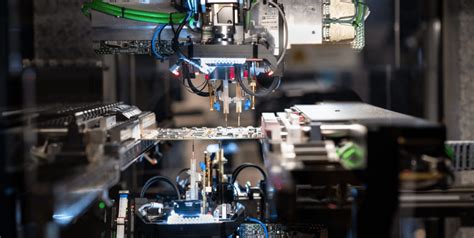
FAQs
What is SMT assembly?
SMT assembly, or Surface Mount Technology assembly, is a method used in pcb assembly where electronic components are mounted directly onto the surface of printed circuit boards (PCBs). This process greatly enhances the efficiency of electronic manufacturing.
What advantages does SMT offer over traditional assembly methods?
The advantages of SMT include increased component density, reduced weight and size of circuits, and improved performance. Additionally, pcba processes often involve automated systems that enhance precision and reduce the potential for human error.
How do advancements in SMT affect modern electronics?
Recent advancements in SMT assembly technology have introduced innovative tools that streamline workflows, improve consistency, and increase reliability. Techniques such as automated optical inspection (AOI) and advanced soldering methods have been developed to ensure high-quality outputs.
What challenges do manufacturers face with SMT assembly?
Manufacturers often face challenges related to component placement accuracy, solder joint reliability, and thermal management. However, ongoing innovations aim to address these issues, solidifying the importance of pcba technologies in modern electronics.
How can I learn more about PCB assembly services?
For more detailed information on PCB assembly services and to explore further advancements in this field, please click here: PCB Assembly Services.


